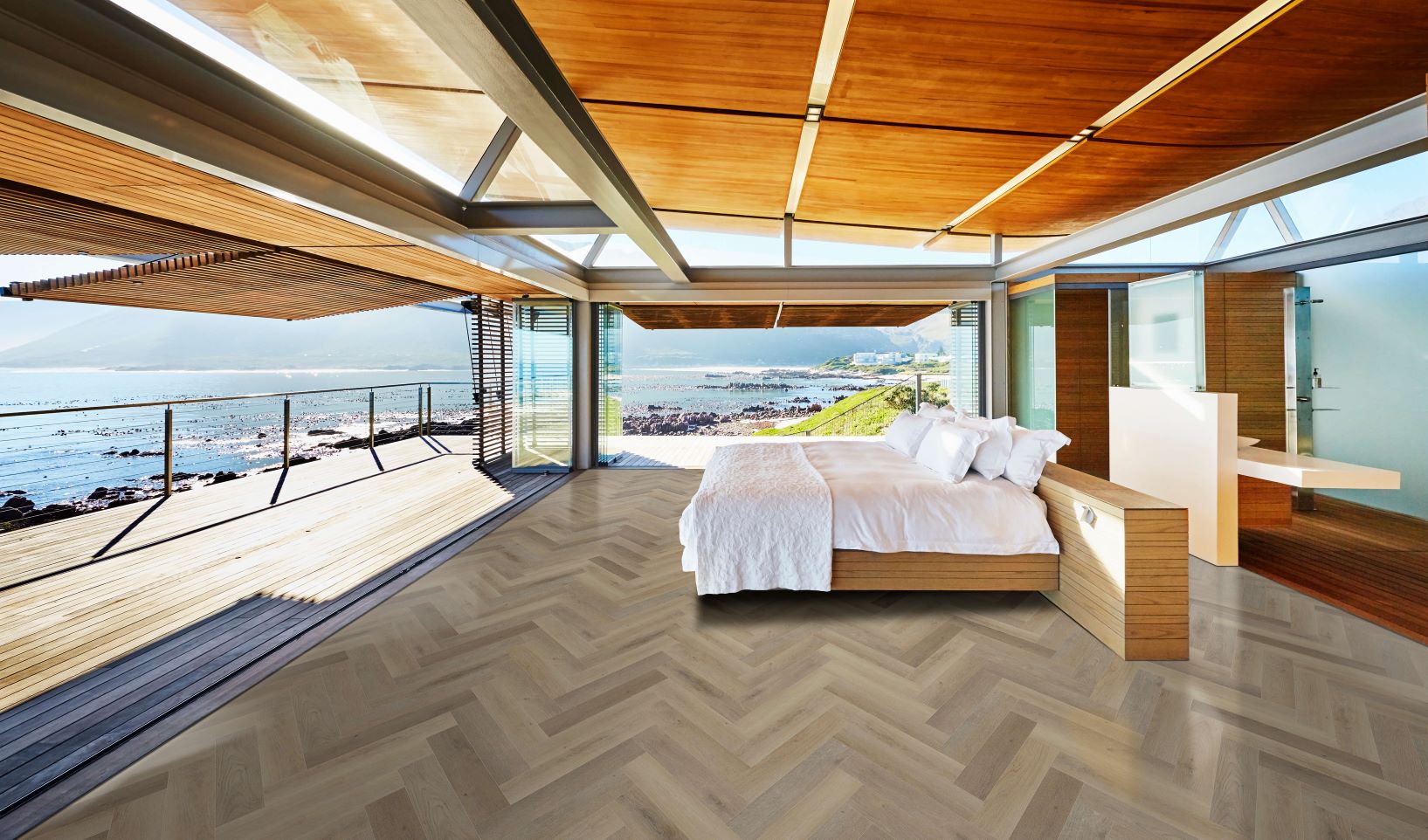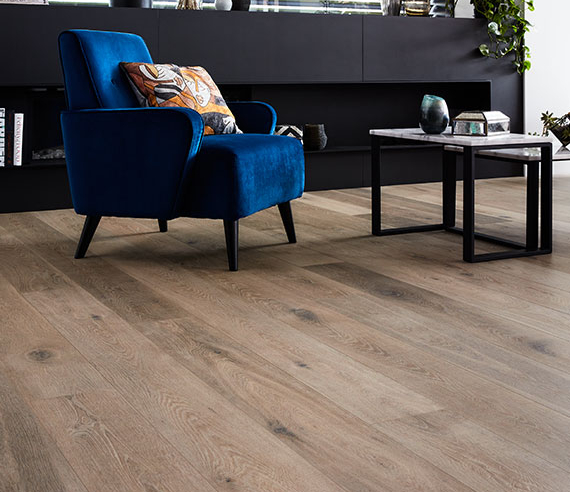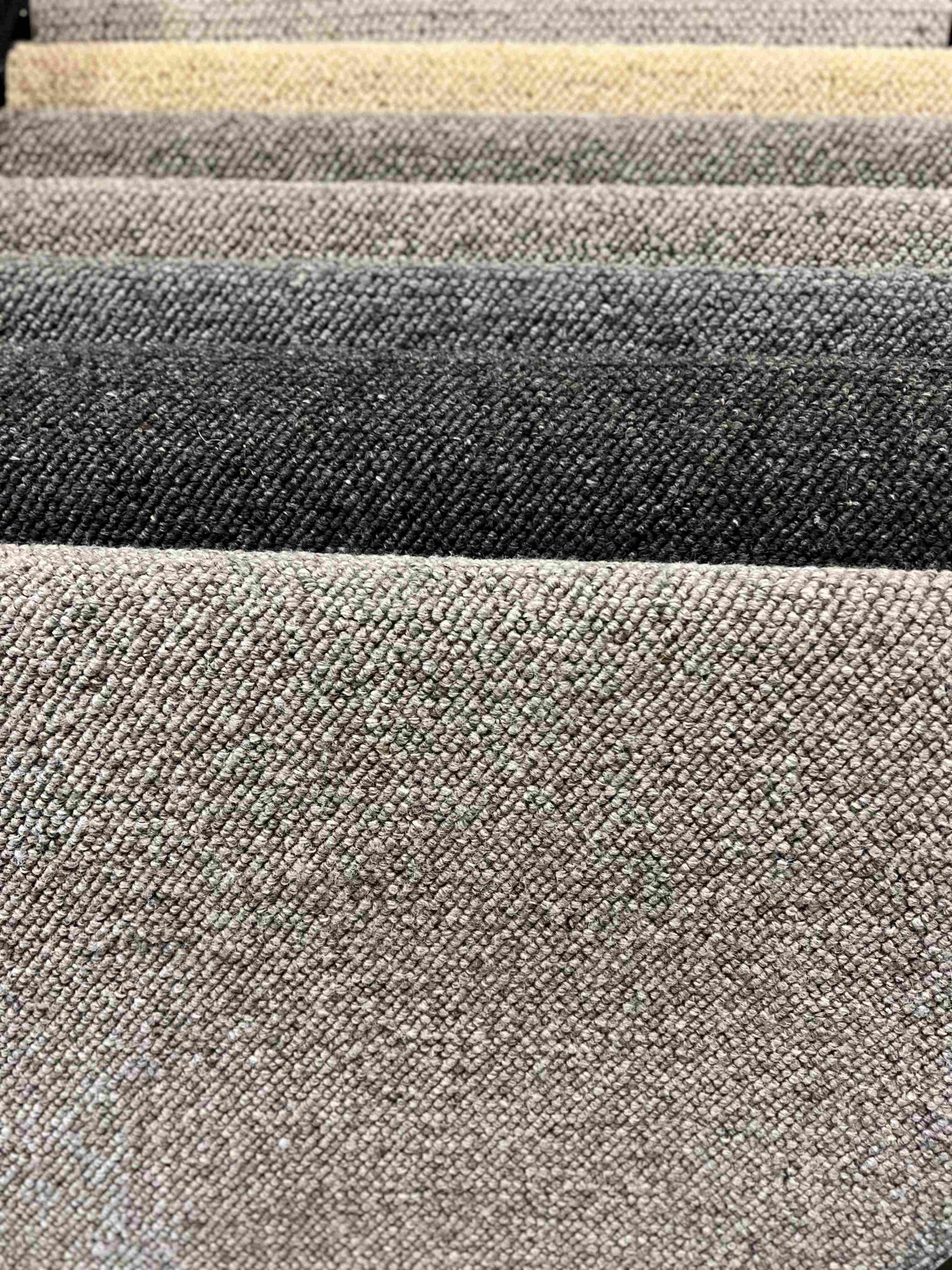The flooring market has been one of the most profitable industrial sectors thanks to nearly 370 billion dollars of worth! This number is estimated to be constantly increased by 2027. A wide range of options has been provided concerning materials, designs, dimensions, and color. It is not only important to experience a warm atmosphere at home, but also matters for your business to look as professional as possible. In this essay, we are going to talk about hybrid flooring, its benefits, and probable shortcomings.
What is hybrid flooring?
Hybrid flooring is made of four layers including (from the top to the bottom) solid overlay, decorative layer, aqua-proof board, and finally multi-layer balancing file. Each of these properties is mounted to maximize hybrid flooring efficiency.
The solid overlay will keep the damages from scratching away. It helps your flooring is not influenced by high traffic too. The decorative layer is implemented to give the impression of real wood with a high-resolution photo of it. Hybrid flooring owes these to delicate printing methods. Aqua-proof board, as it’s clear from its name, lets hybrid flooring function pretty well in high moisture areas. And, finally, the multilayer balancing file avoids unwanted instability and noise when people are walking on the floor.
Stone Plastic Composite (SPC) and Wood Plastic Composite (WPC)
Hybrid flooring is usually categorized into two classes, including SPC and WPC. What are they? And, what are the differences between them? Here, we provide some explanations.
Stone Plastic Composite (SPC)
SPC is perfect when you want to install your flooring by yourself. It is made of natural limestone and polyvinyl chloride. You don’t need to use any nail, glue, and keel to mount it on your floor. Also, it is free from dangerous compounds like formaldehyde. Finally, it is highly resistant to dampness, fire prevention, and insect.
Wood Plastic Composite (WPC)
WPC is more natural than SPC. This is due to the compounds used in it. Plastic and wood are recycled. and in addition to wood and plastic, natural fiber plastic composites such as lignocellulosic materials. There are many advantages related to WPC. For example, it is completely resistant to termite and water. Also, corrosion and decaying rarely happen in the product. no painting, staining, or oiling is required. Interestingly, the CNC router makes it possible to customize any design on the WPC board. It is pretty safe too because it’s a polymer-based product.
SPC or WPC? Which one is better?
In terms of comparison, both come with shortcomings and advantages. SPC is more durable, denser, and a bit cheaper. On the other hand, WPC is made of recycled material which is eco-friendlier and also more comfortable and quieter.
Summary
Hybrid flooring is considered the next generation of high-performance flooring. It is originally designed to stay firm and strong under extreme weather conditions in Australia. The structure is coved with UV coating to increase durability. Hybrid flooring has two types now, including SPC and WPC. They both have their own merits. It ups to you to consider your budget, required application, and durability and choose the perfect choice.







